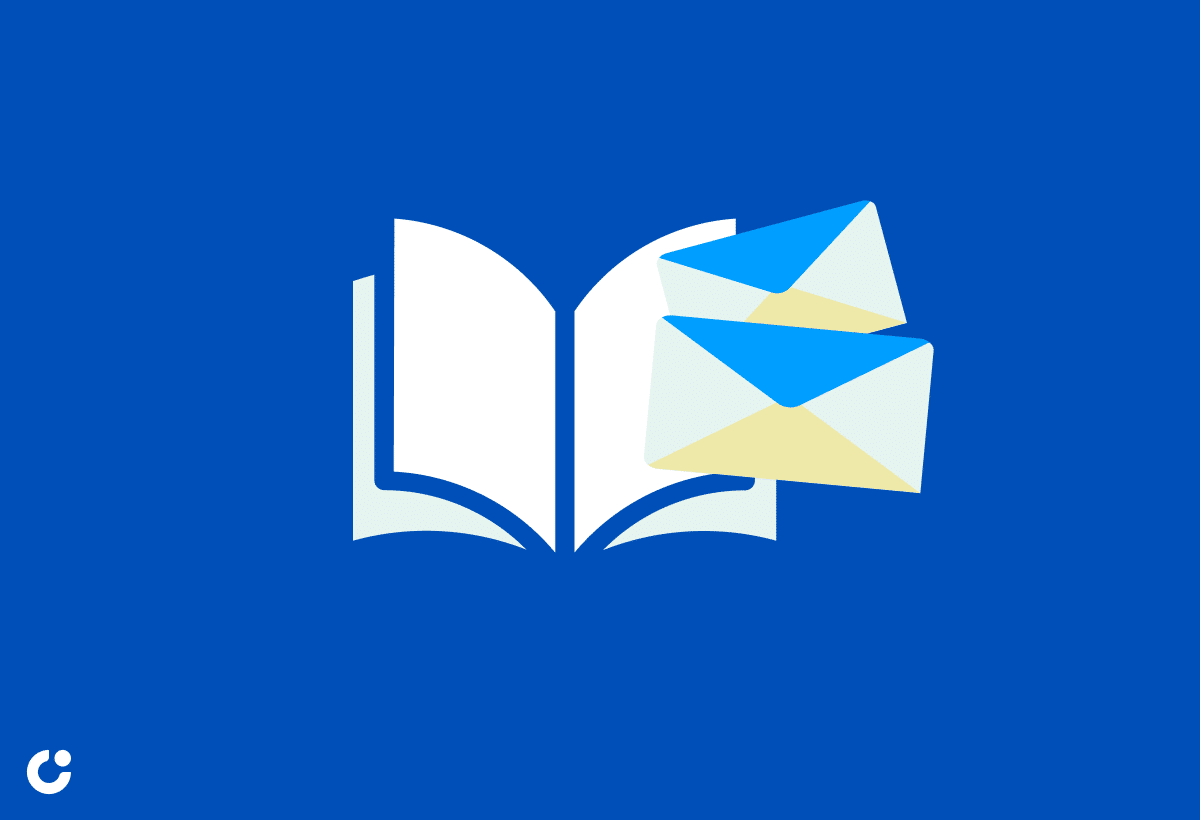Cold emailing: a powerful and often underutilized marketing tool that can unlock the door to a world of opportunities for your business. But how do you harness the potential of this outreach strategy and create irresistible emails that not only get opened but also generate results? Dive into this comprehensive cold email whitepaper to discover the secrets of crafting effective cold emails, explore best practices, and learn how to navigate the legal and ethical aspects of this powerful marketing tool.
Key Takeaways
- Cold emailing is a powerful and cost-effective marketing tool for initiating contact, building brand awareness, and generating leads.
- Crafting an effective cold email involves setting precise goals & objectives, identifying the target audience with buyer personas, creating compelling subject lines & personalized messages with clear value propositions.
- Adhering to best practices such as timing/frequency tracking & performance analysis can help maximize success while remaining compliant with anti-spam laws and maintaining a positive brand image.
The Power of Cold Emailing

Imagine a marketing tool that allows you to directly reach your target audience, build brand awareness, and generate leads at a relatively low cost. Enter the world of cold emailing. This powerful strategy enables businesses to initiate contact with individuals they have no prior relationship with, such as prospective customers or potential partners. By leveraging well-crafted cold sales email templates, you can create compelling messages that capture attention and prompt action.
In the fierce market of today, every edge counts. When executed effectively, cold email campaigns can be a decisive factor for success. The key is to concentrate on captivating subject lines, bespoke messaging, and a value proposition that stands out. Now, let’s examine the advantages of cold emailing and its potential to boost your business.
Reaching Your Target Audience

Cold emailing allows businesses to directly connect with their target audience, increasing the chances of generating leads and conversions. The key to success lies in crafting sales emails that resonate with recipients and address their pain points. By utilizing tools like Cognism, which provides enriched audiences tailored to specific business needs, you can ensure your cold emails land in the prospect’s inbox and get noticed.
But, crafting an impactful cold email might seem daunting. Here are some steps to help you:
- Begin with a tailored message.
- Build credibility through your email signature and potential shared connections with the recipient.
- Pair this with a call to action that mirrors your business goals.
By following these steps, you’re on the path to engage the right audience and transform potential customers into devoted clients.
Building Brand Awareness
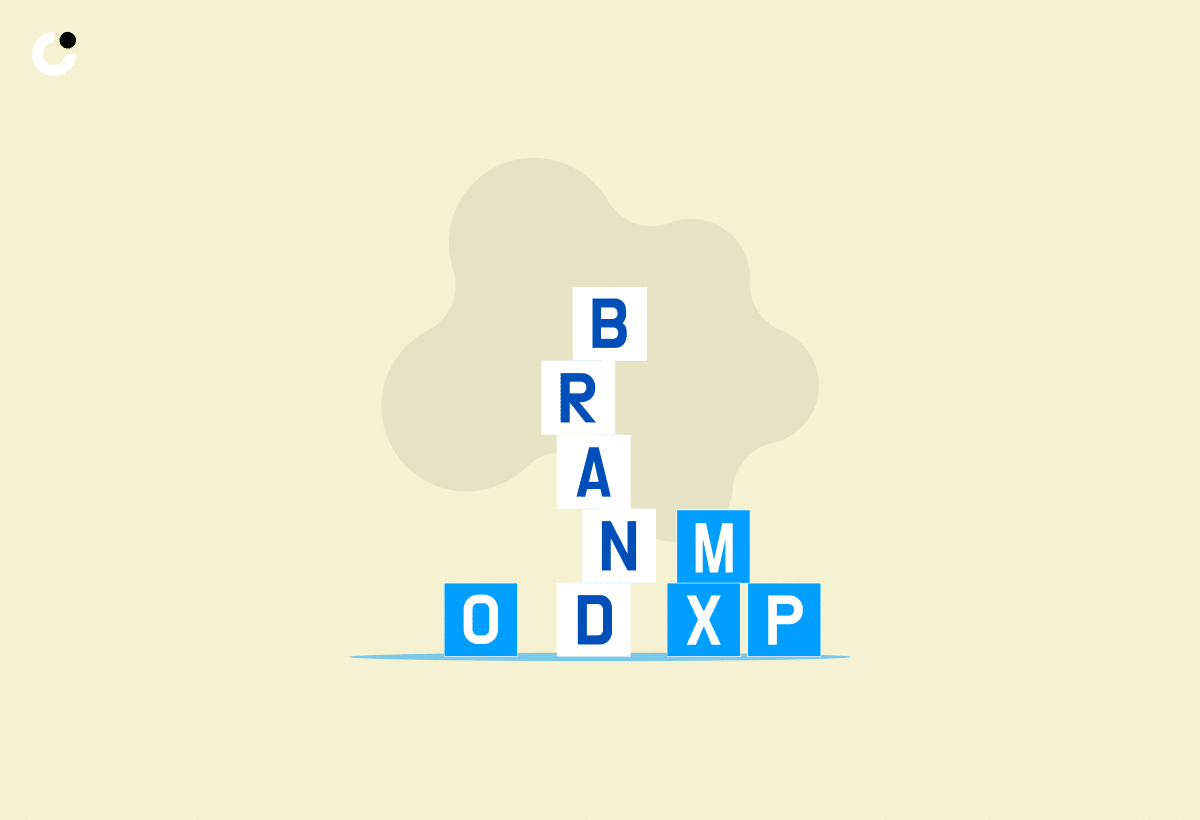
Cold emailing can also play a significant role in building brand awareness. By introducing your company and its offerings to potential customers who may not be aware of your existence, you can expand your reach and establish a stronger presence in the market. But it’s not just about attracting new customers; cold emailing can also be used to forge partnerships and even gain media coverage for your business by reaching out to journalists with newsworthy stories.
To fortify your brand awareness via cold emailing, concentrate on creating captivating and pertinent messages that highlight your company’s unique value. The aim is to spark the recipient’s interest, encouraging them to take action, be it booking a demo, visiting your website, or engaging with you on social media. With a robust cold email strategy, you can bolster your brand’s visibility, paving the way for sustained success.
Crafting an Effective Cold Email Whitepaper
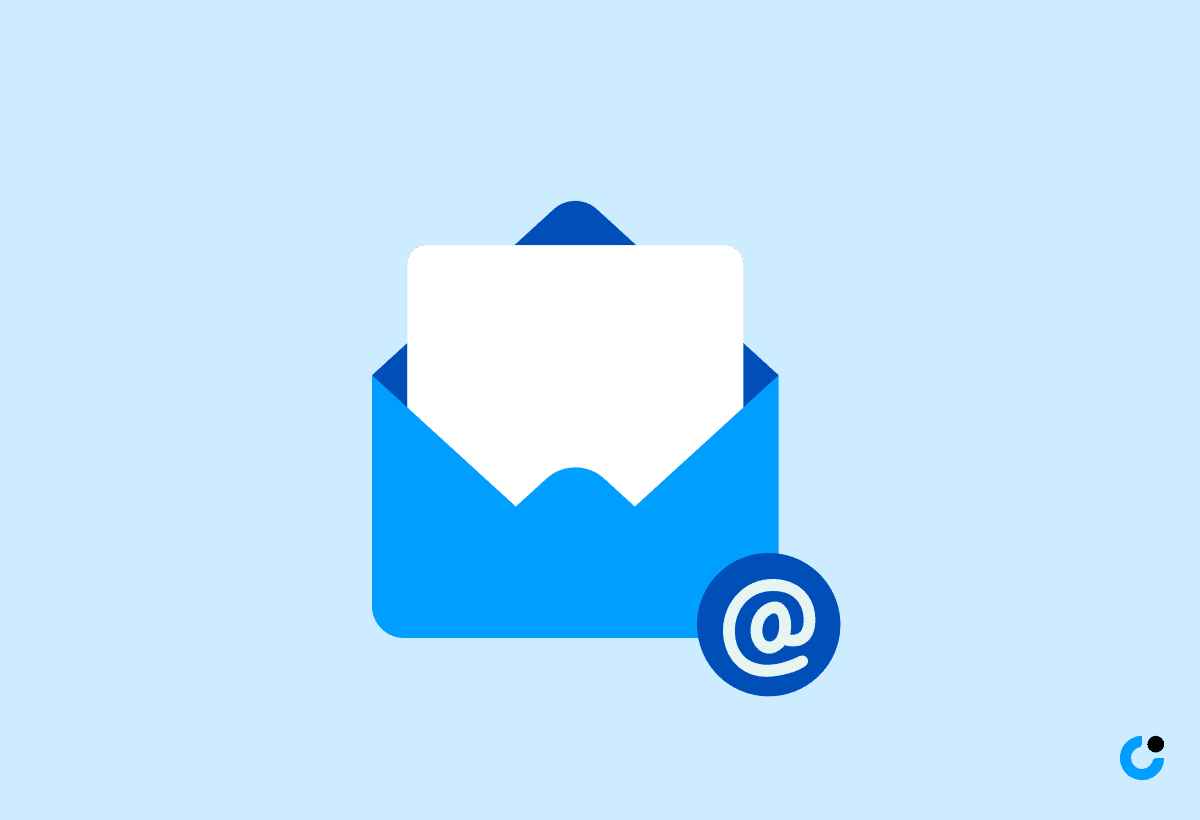
Crafting an enticing cold email whitepaper goes beyond mere wordplay. It necessitates the determination of precise goals and objectives, along with pinpointing your target audience to ensure your message strikes a chord with them. By securing these pivotal components, you can construct potent cold emails that not only seize attention but also yield significant outcomes for your business.
One popular cold email template is the BAB (Before-After-Bridge) template, which helps recipients visualize an improved version of their lives and business outcomes after using your product or service. With a captivating subject line, personalized message, and clear call to action, the BAB template can effectively engage your target audience and prompt them to take the desired action, whether it’s reading a blog post or making a purchase.
Let’s delve into the intricacies of creating a successful cold email whitepaper.
Defining Your Goals and Objectives

Setting clear goals and objectives for your cold email campaign is fundamental for a targeted and outcome-oriented strategy. By implementing SMART (Specific, Measurable, Achievable, Relevant, and Time-bound) goals, you can efficiently monitor your progress and optimize your outreach initiatives.
Well-defined objectives for cold email campaigns could include:
- Lead generation
- Securing meetings
- Increasing brand recognition
- Acquiring essential industry knowledge
By having a clear understanding of what you want to achieve with your cold email campaign, you can tailor your messaging and call-to-action accordingly, ensuring a targeted and impactful approach.
Identifying Your Target Audience

Identifying your target audience is a crucial step in crafting an effective cold email campaign. By understanding the needs, interests, and pain points of your target audience, you can create more relevant and engaging messages that resonate with recipients and ultimately increase the chances of a positive response. In doing so, you’ll be addressing a major pain point in the cold email campaign process, ensuring better results for your efforts.
Creating buyer personas is one method to identify your target audience and avoid reaching out to the wrong person, representing the optimal customers you aim to connect with through your cold emails. These personas can encapsulate:
- demographic data
- occupational roles
- industry sectors
- distinct challenges that your product or service can resolve
By directing your cold emails to the right person in the appropriate audience, you can foster engagement and maximize the return on your outreach endeavors.
Components of a High-Converting Cold Email

A high-converting cold email is one that not only gets opened but also compels the recipient to take action. To achieve this, you need to focus on three key components: compelling subject lines, personalization, and a clear value proposition. By mastering these elements, you can craft cold emails that captivate recipients, address their pain points, and inspire them to engage with your brand.
Let’s further dissect these components and learn how to leverage them for crafting potent cold emails that yield results.
Compelling Subject Lines
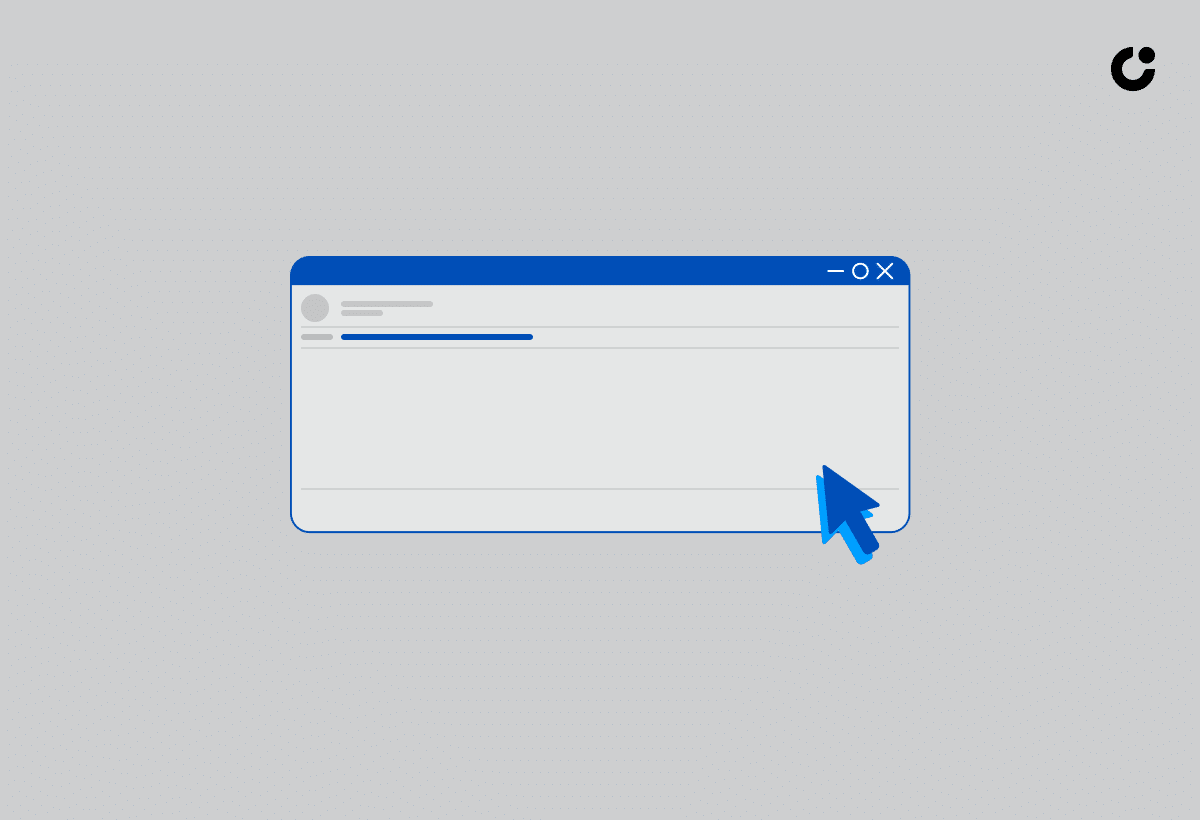
The subject line is the first thing a recipient sees when your cold email lands in their inbox. As such, it plays a crucial role in determining whether your email gets opened or ignored. To maximize your chances of getting your email opened, craft a subject line that is engaging, relevant, and concise.
An effective subject line should:
- Pique the recipient’s curiosity
- Give them a reason to open your email
- Incorporate personalization, such as the recipient’s name or company, to increase open rates
Remember, your subject line is the first impression you make on your recipient, so make it count.
Personalization

In the realm of cold emailing, personalization is a potent instrument. Customizing your message to align with the recipient’s needs and interests can notably boost the likelihood of a receptive response. Initiate by incorporating the recipient’s name, acknowledging a recent achievement, or addressing a matter of interest to them. This demonstrates your diligence and genuine concern for their needs.
Personalization tools or software can also be utilized to customize your personalized cold emails further. These tools enable you to incorporate personalized details such as the recipient’s company, role, or industry-specific particulars, making your cold emails feel more tailored and relevant.
Clear Value Proposition

The value proposition is the most essential element of your cold email. It should capture the attention of the receiver and effectively communicate what you have to offer. It’s the reason why your recipient should care about your message and take the desired action. To effectively communicate your value proposition, focus on the benefits your product or service can provide and how it can address the recipient’s pain points.
Be clear, concise, and specific when presenting your value proposition. Here are some tips to help you:
- Highlight the outcomes your recipient can expect
- Demonstrate the unique value you can offer
- Showcase the tangible benefits of engaging with your brand
- Inspire your recipient to take action and convert them into a loyal customer.
Best Practices for Cold Email Outreach
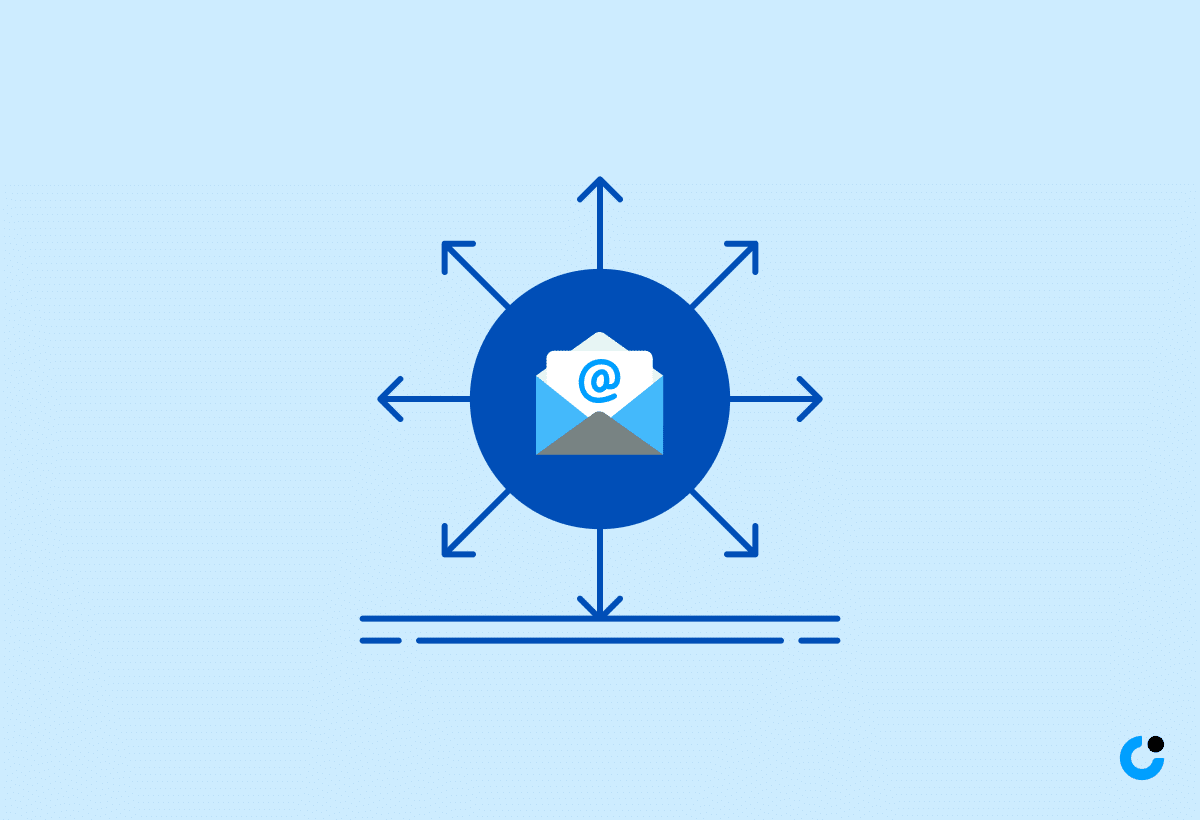
The success of a cold email campaign hinges not only on creating compelling messages but also on adhering to best practices that enhance engagement and yield results. Here, we’ll examine two fundamental facets of cold email outreach: timing and frequency, along with tracking and performance analysis. By observing these best practices, you can refine your cold email campaigns, ensuring your endeavors materialize into concrete results.
Let’s scrutinize these two crucial elements of cold email outreach and learn how to employ them to boost your cold email performance.
Timing and Frequency

Sending cold emails at the right time and with the appropriate frequency can significantly impact your campaign’s success. Research suggests that the optimal time to send cold emails is during midweek days, specifically Tuesdays and Thursdays, within the time frames of 8 AM to 12 PM, and 2 PM to 4 PM. However, this may vary depending on your industry and target audience.
As for frequency, it’s crucial to strike a balance between staying top of mind and not overwhelming your recipients. Start by sending a limited number of emails, such as 10 to 20 per day, and gradually increase the volume while monitoring deliverability. By optimizing your timing and frequency, you can maximize engagement and increase the chances of a positive response.
Tracking and Analyzing Performance
Tracking and analyzing the performance of your cold email campaigns is crucial for identifying areas of improvement and optimizing future outreach efforts. Key performance indicators (KPIs) such as open rates, click-through rates, and response rates can provide valuable insights into the effectiveness of your cold emails.
There are several tools available to help you track and analyze your cold email performance, including:
By monitoring these KPIs, you can make data-driven decisions that enhance your cold email campaigns’ success and ultimately drive better results for your business.
Cold Email Templates for Various Scenarios
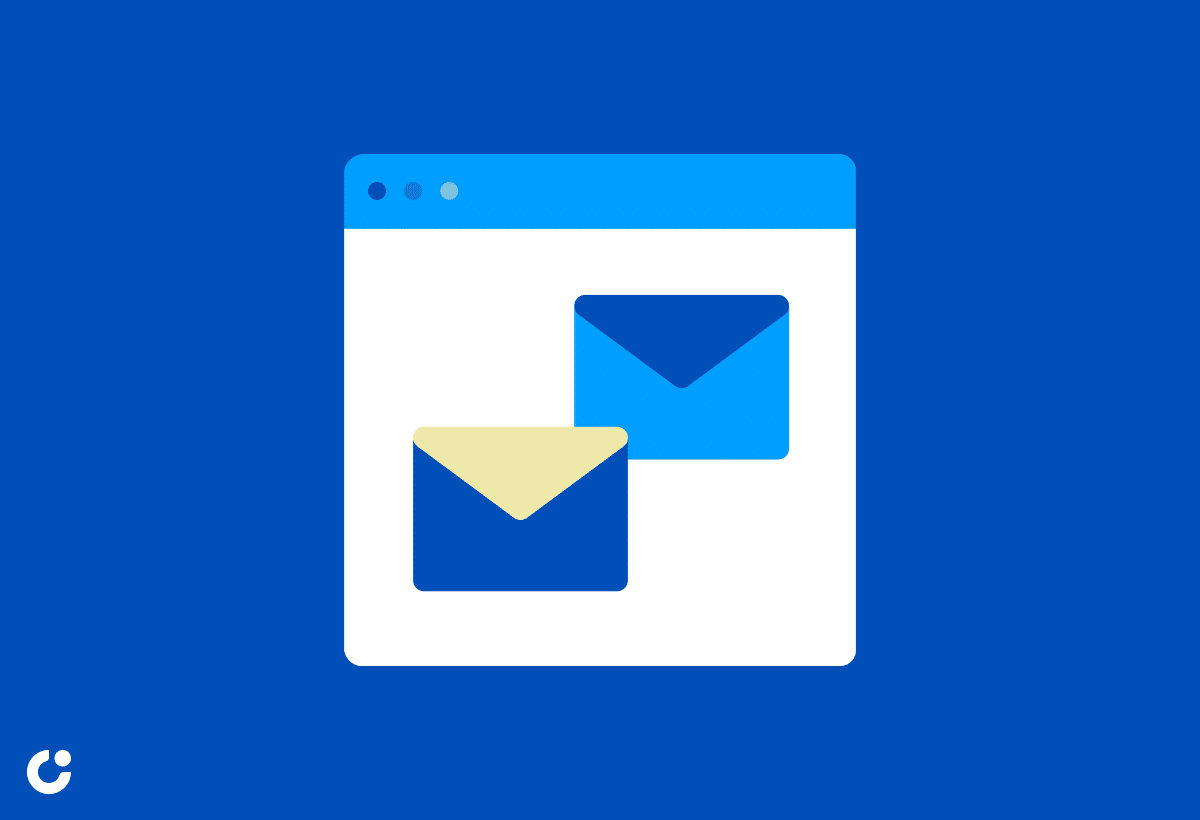
Cold email templates, including cold sales email template, can be invaluable resources for crafting effective messages tailored to different scenarios, such as cold sales emails. Whether you’re reaching out for sales prospecting, proposing a partnership, or networking with industry professionals, these templates can serve as a foundation for crafting personalized and engaging emails that resonate with your recipients.
In this section, we’ll explore three cold email templates designed for specific scenarios: sales prospecting, partnership proposals, and networking outreach. By understanding the purpose and structure of each template, you can adapt them to suit your unique needs and maximize your cold email success.
Sales Prospecting Template
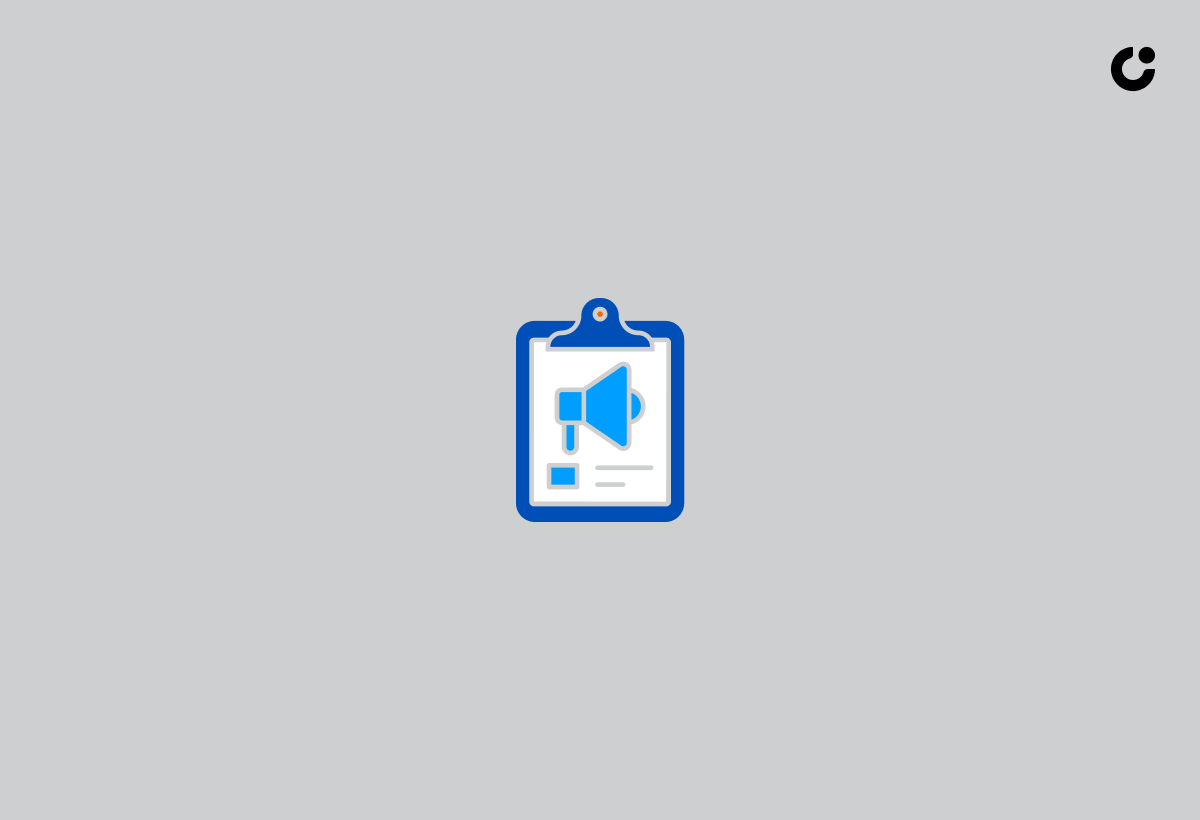
The Sales Prospecting Template is designed to introduce your product or service to potential customers while highlighting its value and addressing the recipient’s pain points. This template should include:
- An engaging subject line to capture the prospect’s inbox attention
- A personalized message
- A clear call to action, such as requesting a quick call or directing the recipient to your website for more information.
By using the Sales Prospecting Template, you can:
- Effectively engage your target audience
- Demonstrate how your product or service can address their needs and challenges
- Increase the likelihood of generating leads
- Convert prospects into loyal customers.
Partnership Proposal Template

The Partnership Proposal Template is ideal for reaching out to potential partners and presenting a mutually beneficial collaboration opportunity. In this template, you should focus on showcasing the advantages of the partnership for both parties and provide a clear call to action, such as:
- Requesting a brief call to discuss the proposal further
- Scheduling a meeting to explore potential synergies
- Inviting the recipient to join a partnership webinar or event
By using this template, you can effectively communicate your partnership proposal and increase the chances of securing a successful collaboration.
By utilizing the Partnership Proposal Template, you can effectively connect with potential partners and demonstrate the value of collaborating with your company. This not only expands your network but also opens up new opportunities for business growth.
Networking Outreach Template
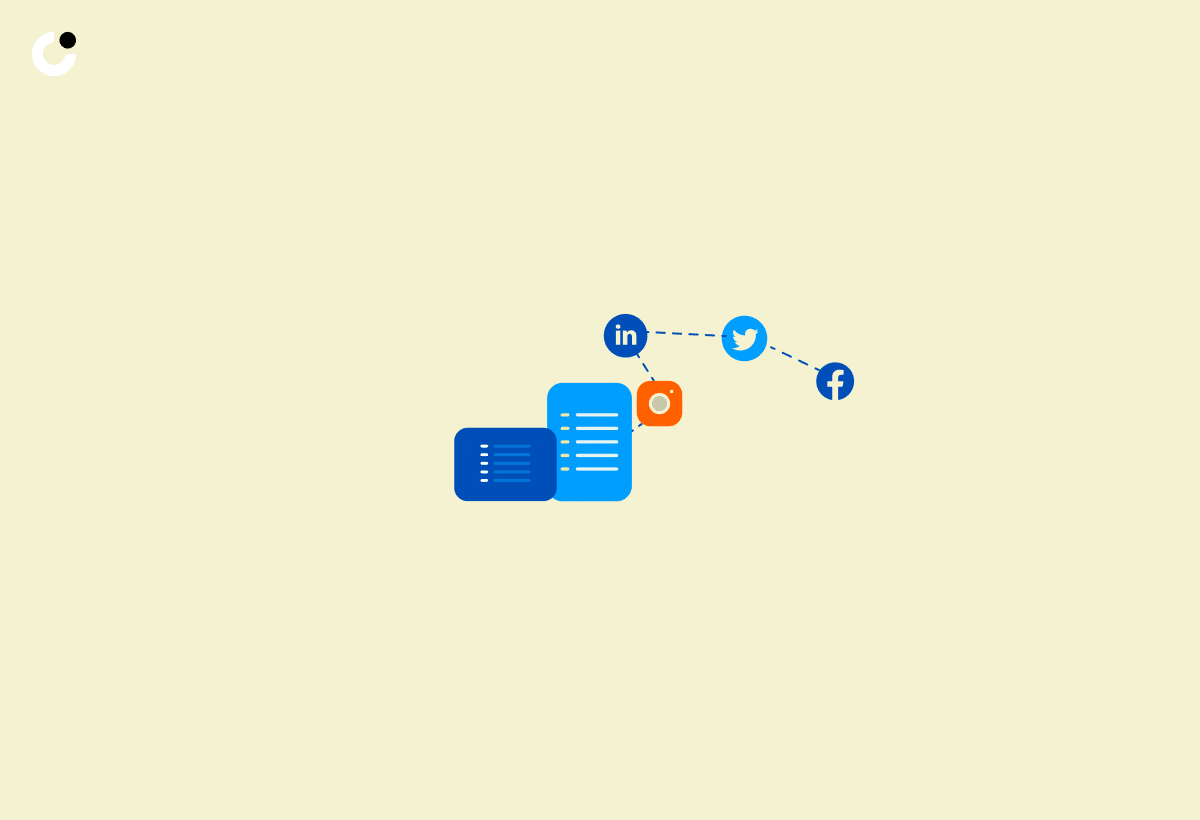
The Networking Outreach Template is designed to help you connect with industry professionals and expand your network. This template should be personalized, friendly, and focused on establishing a connection with the recipient. It can include:
- A brief introduction of yourself
- A brief introduction of your company
- The reason for reaching out
- A clear call to action, such as asking to connect on LinkedIn or requesting a brief call to exchange insights.
By leveraging the Networking Outreach Template, you can effectively engage with industry professionals, expand your network, and stay informed about the latest trends and developments in your field.
Legal and Ethical Considerations
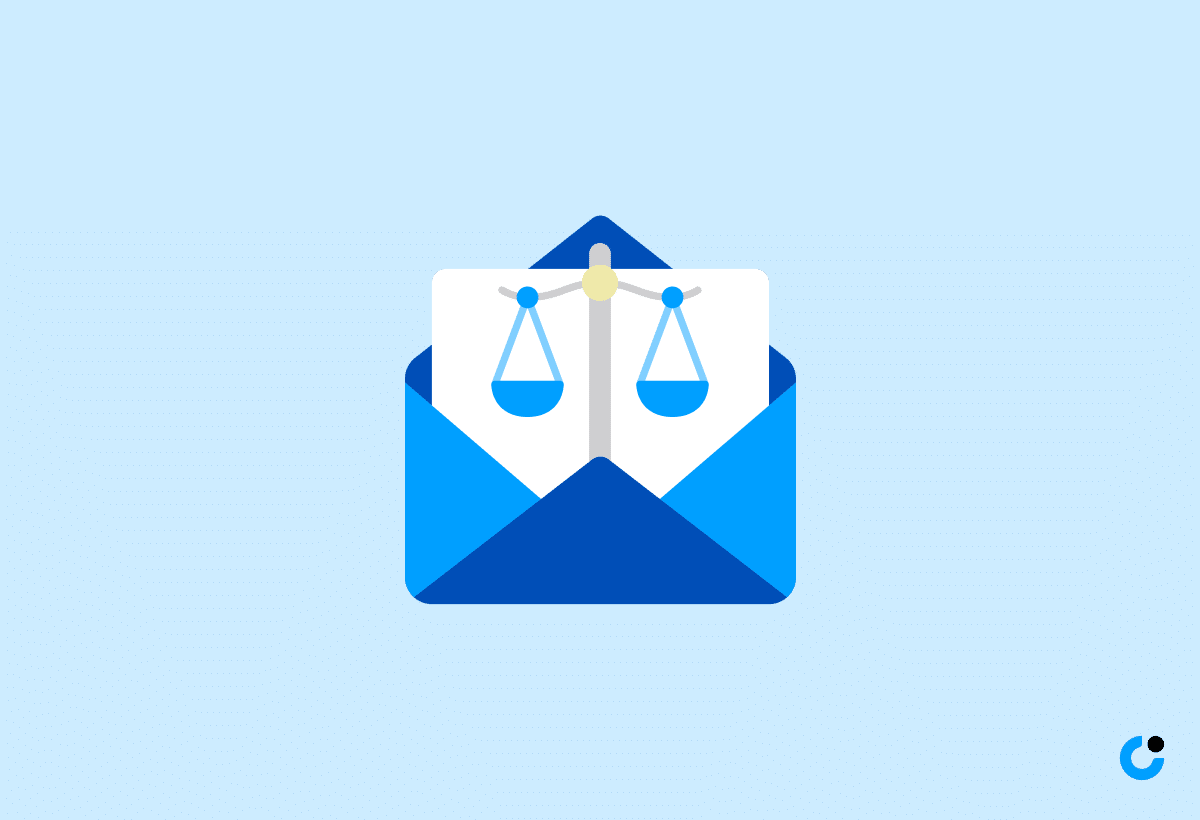
Cold emailing can be a powerful marketing tool when used responsibly and ethically. To ensure your cold email campaigns are both effective and compliant, it’s essential to understand the legal and ethical considerations associated with cold emailing, such as adhering to anti-spam laws and maintaining a positive brand image.
In this part, we’ll discuss the legal and ethical dimensions of cold emailing and offer suggestions on how to tackle these challenges to enhance the success of your outreach initiatives while remaining compliant with the law.
Complying with Anti-Spam Laws
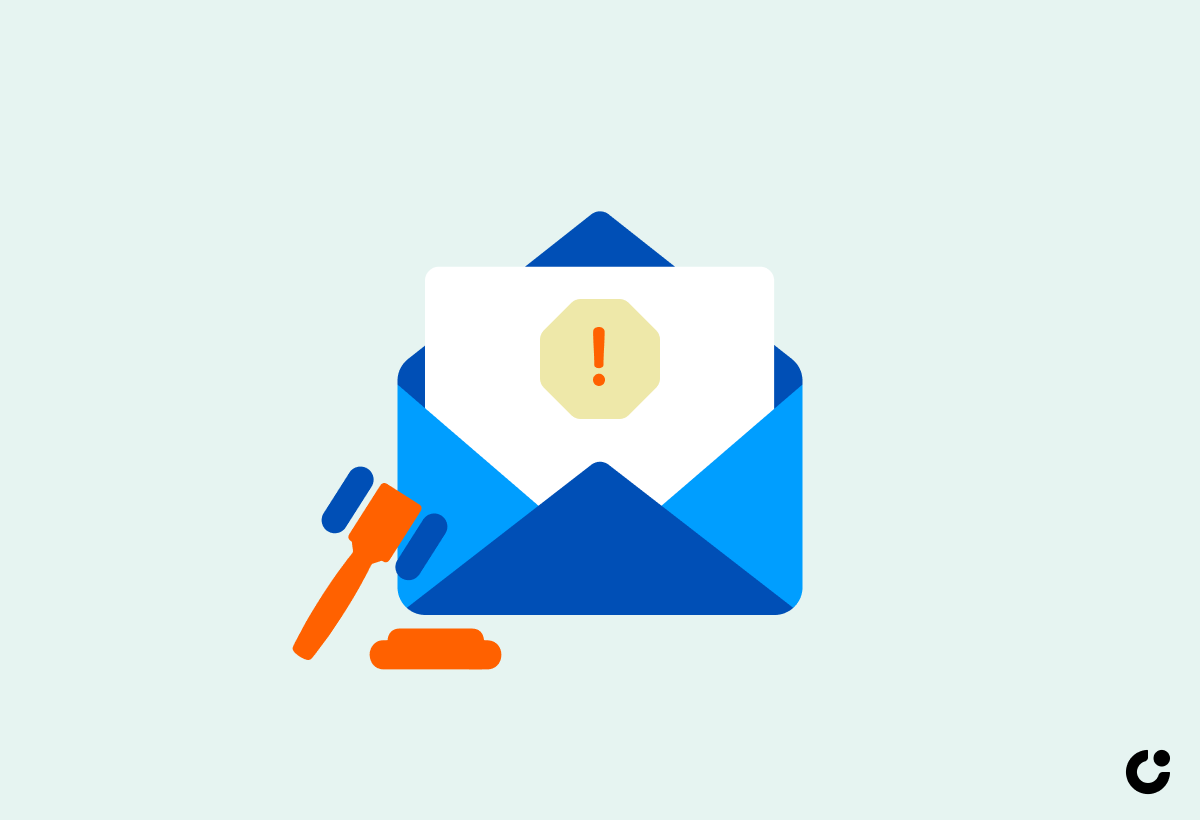
Complying with anti-spam laws is crucial for any cold email campaign. In the United States, the CAN-SPAM Act outlines the requirements for commercial emails and imposes significant penalties for violations, such as fines of up to $50,120 per email. In the European Union, the General Data Protection Regulation (GDPR) requires express consent from recipients before sending cold emails, with penalties for non-compliance reaching up to €20 million or 4% of a company’s global annual revenue, whichever is higher.
By understanding and adhering to these anti-spam laws, you can ensure your cold email campaigns are compliant and avoid costly penalties, while also maintaining a positive reputation and fostering trust with your recipients. Additionally, being aware of spam filters can help you optimize your emails to reach your target audience more effectively.
Maintaining a Positive Brand Image

Beyond adhering to anti-spam laws, it’s critical to maintain a positive brand image while sending cold emails. This involves creating pertinent, engaging, and respectful messages that add value to the recipient, instead of inundating them with unsolicited or irrelevant material.
To maintain a positive brand image, start by:
- Proofreading your cold emails to ensure they are free of spelling and grammar mistakes
- Double-checking any links and images
- Making sure your emails are mobile-friendly
By sending high-quality, valuable, and respectful cold emails, you can create a positive impression on your recipients, enhance your brand image, and ultimately drive better results for your business.
Summary
Cold emailing holds the key to unlocking new opportunities and driving business growth. By understanding the power of cold emailing, crafting effective whitepapers and templates, and adhering to best practices and legal guidelines, you can create irresistible outreach campaigns that generate results. With a well-executed cold email strategy, you can expand your reach, build brand awareness, and set the stage for long-term success.
Frequently Asked Questions
What is the difference between a cold email and spam?
A cold email is relevant, valuable and sent to a potential customer or contact, whereas spam is unwanted, irrelevant and provides little value to the recipient.
How can I improve the open rates of my cold emails?
Craft personalized, intriguing subject lines to give recipients a reason to open your emails. Use a professional tone and ensure no artifacts are present in your final message.
Are there any legal issues I should be aware of when sending cold emails?
Yes, when sending cold emails, you must comply with anti-spam laws such as the CAN-SPAM Act and GDPR which regulate commercial emails and impose penalties for non-compliance.
What are some best practices for crafting effective cold emails?
To craft effective cold emails, focus on engaging subject lines and personalization, make a clear value proposition, adhere to timing and frequency recommendations, track and analyze performance, and maintain a positive brand image.
How can I ensure my cold emails reach the right audience?
To ensure your cold emails reach the right audience, identify and create buyer personas for your target audience, use professional language, and access enriched audiences with tools like Cognism tailored to your business needs.

